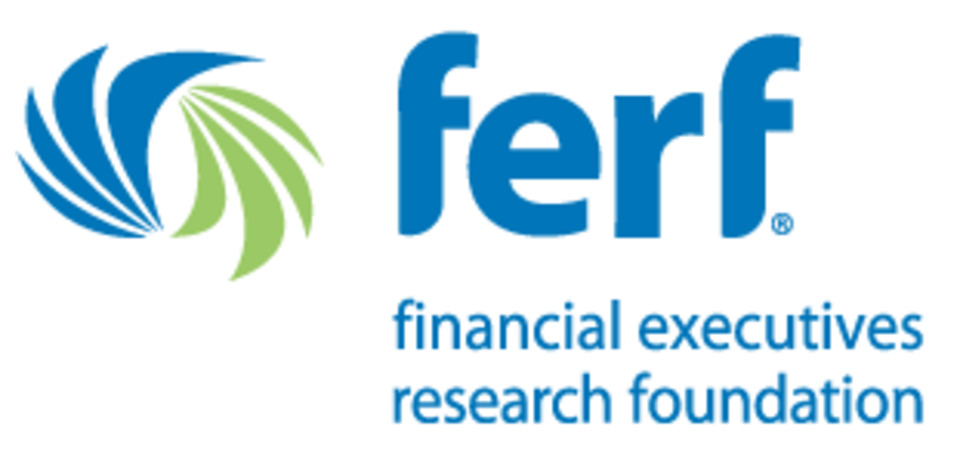Accounting
FERF Audit Fee Study Shows SPAC, Acquisitions and Organizational Structure Changes Increased Audit Scope and Fees
Overall, average audit fees increased by a slight 2.5 percent from 2020 to 2021. Expanded scope was cited as the primary reason as stated by 53 percent of member company respondents.
Nov. 07, 2022

The Financial Education & Research Foundation (FERF)—the independent non-profit research affiliate of Financial Executives International (FEI)—today released the findings of its 13th Annual Public Company Audit Fee Study. The Study looks at various factors affecting financial reporting and external audits. This includes value derived from external audits; auditor insights; process efficiencies for public company preparers; and key factors driving audit fee changes.
Overall, average audit fees increased by a slight 2.5 percent from 2020 to 2021. Expanded scope was cited as the primary reason as stated by 53 percent of member company respondents. Logically, respondents noted that audit management and audit team efforts also increased. The fee, scope, and effort increases were driven by a variety of factors to include acquisitions, organizational structure changes, and ICFR changes not related to the hybrid work environment among others.
Beyond existing filers, the Study shows that a significant influx of companies that entered the capital markets through Special Purpose Acquisition Company (SPAC) and IPOs continued to influence the overall audit marketplace.
Notably, audits continue to be vital to capital markets. Whether on-site, hybrid, or fully remote, public companies and their auditors worked diligently to maintain a standard of high-quality financial reporting and auditing. Key areas of focus for these parties continue to be effective communication and financial reporting/audit process innovation—particularly when considering how these factors impact high-quality audits in increasingly more complex business environments.
Technology Innovation Impact
Forty-nine percent of public company respondents stated that the use of data analytics and emerging technologies improved the quality of their audit. Many audit teams have begun leveraging innovative data analytics and tools to support risk assessment procedures; to increase audit procedure precision; and to introduce more unpredictability into testing.
Cloud-based tools are used for data collection as well as population testing in lieu of conventional audit sampling methods. The cloud approach can reduce manual steps required—steps typically executed by preparers—resulting in a better preparer experience.
Auditors also more readily engage data specialists to develop tailored analytics and tools to evaluate audit evidence. The results of these technological advancements give auditors the ability to perform more targeted audit procedures in areas that present higher risk, driving up overall audit quality.
Audit Fee Study Table of Contents
The Study addresses the above and related research to include:
· Section 1: Value of The Audit
· Section 2: Audit Fee Marketplace
· Section 3: What Is Driving the Changes in Audit Fees
· Section 4: Observations on Financial Reporting and External Audits in The Hybrid Environment
· Section 5: ESG-Related Reporting and The External Audit
· Section 6: Other Hot Topics in Financial Reporting
